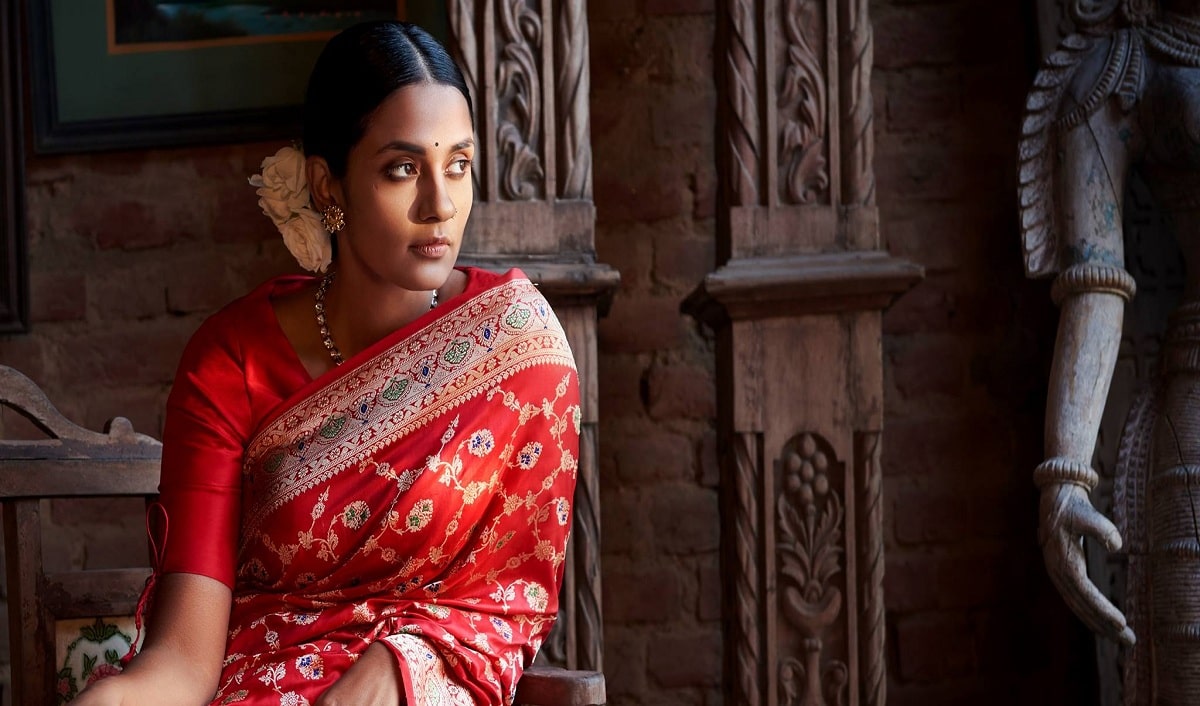
Category: General
Country: India
Brands in the textile industry should also look at incorporating digital technologies like artificial intelligence for creating innovative solutions.
Udit Khanna Co-founder and Director, TILFI Banaras
The textile industry has undergone many changes in the last decade or so. Evolving fashion choices, market trends, and user appeal are a few factors that have contributed to the overhaul of the textile industry in India. It has gone from being a product-centric industry to being a customer-centric one. For those of you who might not be familiar with the textile industry, it involves the design and production of yarn and clothing. Textiles are made from animal, plant, mineral, and synthetic materials. They also include anything that is made from yarns, fabrics, or fibers.
The textile industry has always been a crucial part of the business sector. Using all resources, which include, technology, textile, digital media, and experience, can certainly help in transforming a traditional textile business into becoming a brand. Creating a brand out of a business not only helps in creating a special and unique identity but also develops customers’ satisfaction and loyalty.
With the ever-changing fashion landscape, it’s become important for traditional textiles brands to keep up with the latest fashion and design in order to stay relevant in today’s time and age.
Even going forward the textile industry will be characterized by innovation and creativity, with innovation not just being limited to adding new features to the garment, but also about developing new ways to make garments more sustainable and affordable. Therefore it is of prime importance that companies spend time and effort on innovation today as it’ll help them to stay competitive and also get ahead of their competitors in the near future. It will further enable them to explore new markets, develop new products, and improve quality.
Now the question comes – how does one innovate? Well, there are various ways in which brands can approach innovation. For example, you first need to decide which aspect of your business are you looking to transform, whether it is brand-specific innovation that you are interested in or a customer-driven one. Then there are also core innovations and industry trends to consider. Brand-specific innovations are ones that fall within the confines of your brand and can include anything that differentiates you from your competitors. Customer-driven innovations, on the other hand, take into account what customers want and need. The goal here is to provide them with products that will meet their needs better than any other company on the market.
Brand transformation also depends on innovating the core fundamentals of the business that make it unique or different from other companies in the same industry. And while traveling down the road of innovation, brands must also keep note of industry trends as these are changes in the market that may not be specific to your company but can still give you an added advantage if you’re able to understand and use them effectively. Understanding your business requirements up first and approaching innovation in a systematic manner can help you reach your goals more effectively and efficiently.
Moving on let’s highlight some of the key steps that will help you create a smart textile strategy roadmap for your brand. The first step is to identify the current competitive landscape. Analyzing factors like – What your competitors are doing? How are they succeeding? Who are the top brands in your industry and what do they offer? What is their value proposition? – will help you in understanding the current business environment and enable you to make effective strategies.
The second step is to create a vision for how you want to position your brand in the future. What does success look like for you? And how do you want people to perceive your brand and its products or services? The third and final step is to define what it means for you to be disruptive and then develop a plan of action accordingly.
Brands in the textile industry should also look at incorporating digital technologies like artificial intelligence for creating innovative solutions. Contrary to what you might think AI can be applied in many different ways in the textile sector. One of these is to help companies with their design and production process. It can do this by providing data-driven insights, generating new ideas, and streamlining the manufacturing process. Combined with machine learning, AI can be increasingly leveraged in the textile manufacturing space to make the entire process faster and more efficient. The use of AI and ML in conjunction with mobile robots and cobots can help textile manufacturers in improving ergonomics and reduce production costs.
Once a textile business implements these steps into its working process, the road to becoming a brand that can last for a long time, becomes clear and accessible to a great extent. In short, preparing proper and detailed plans while including the market and fashion trends is an important step to create a brand that can be recognized by people. A brand that is built to last, is a brand that has loyal customers. In order to achieve this, any textile business should never comprise its values, mission, quantity, and the promise of delivering the best luxurious quality to its customer.
Courtesy: https://www.indianretailer.com/article/retail-people/trends/how-to-transform-a-traditional-textile-business-into-a-brand-that-is-built-to-last.a8093/
Copyrights © 2025 GLOBAL TEXTILE SOURCE. All rights reserved.